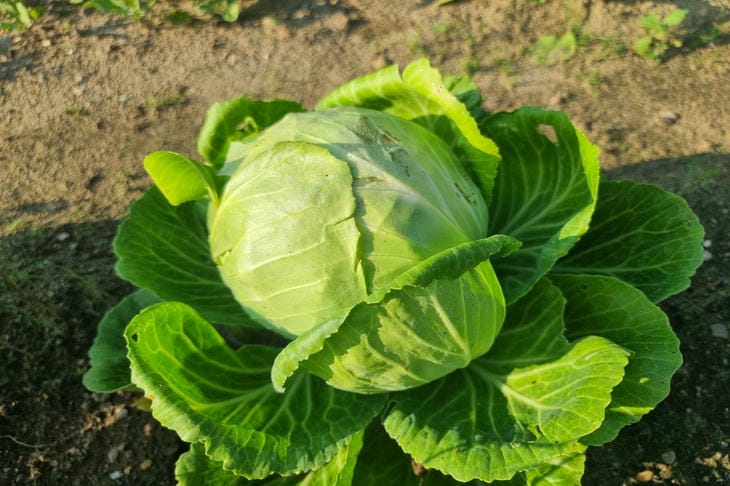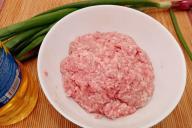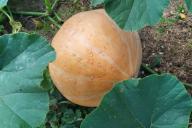Cabbage requires a precise approach to harvesting.
Harvesting too early can result in loss of flavor, while delaying the process can result in overripening.
Knowing the main signs of ripening allows you to choose the right moment for harvesting.

External signs of maturation
One of the main indicators of cabbage readiness for harvesting is its density. When the head becomes firm and elastic when pressed, this is a clear sign of ripening.
The leaves should be firm and tightly packed together, with no visible signs of wilting. The top leaves will lighten slightly and become drier, which also indicates that it is time to harvest.
Important: soft or loose heads of cabbage may indicate that the cabbage is not ripe, in which case it is better to wait a few more days.
Color and condition of leaves
Another important criterion is color. Ripe cabbage acquires a bright, rich shade, which is characteristic of its variety.
White cabbage becomes almost white with a green tint, and cauliflower takes on its classic hue, be it white or purple.
The leaves surrounding the head of cabbage begin to fall slightly or turn yellow, which is also a sign that the plant is ready to be harvested.
Influence of weather conditions
Weather plays an equally important role in determining the time of harvesting. Dry and cool weather is considered the optimal time, as humidity can negatively affect the preservation of the crop.
If frost is expected in the forecast, it is worth hurrying up with harvesting, as frozen heads of cabbage lose their taste and do not store well. Cabbage is best harvested in the morning hours, when the temperature is not too high.
Ripening time by varieties
Different varieties of cabbage have their own ripening periods. Early varieties are ready for harvesting in 60-70 days after planting, while late varieties can take up to 150 days to ripen.
In order not to miss the moment, it is worth following the approximate collection date indicated on the seed packaging. But do not rely only on calendar dates - external signs are a more accurate indicator.
What Affects the Preservation of Cabbage After Harvesting
It is important not only to choose the right time for harvesting, but also to preserve the harvest. To do this, you need to cut off the heads of cabbage together with several outer leaves and do not remove the stalk completely.
This method helps to keep the cabbage fresh longer. The harvest should be placed in a cool and well-ventilated room to avoid the development of mold and rotting.








